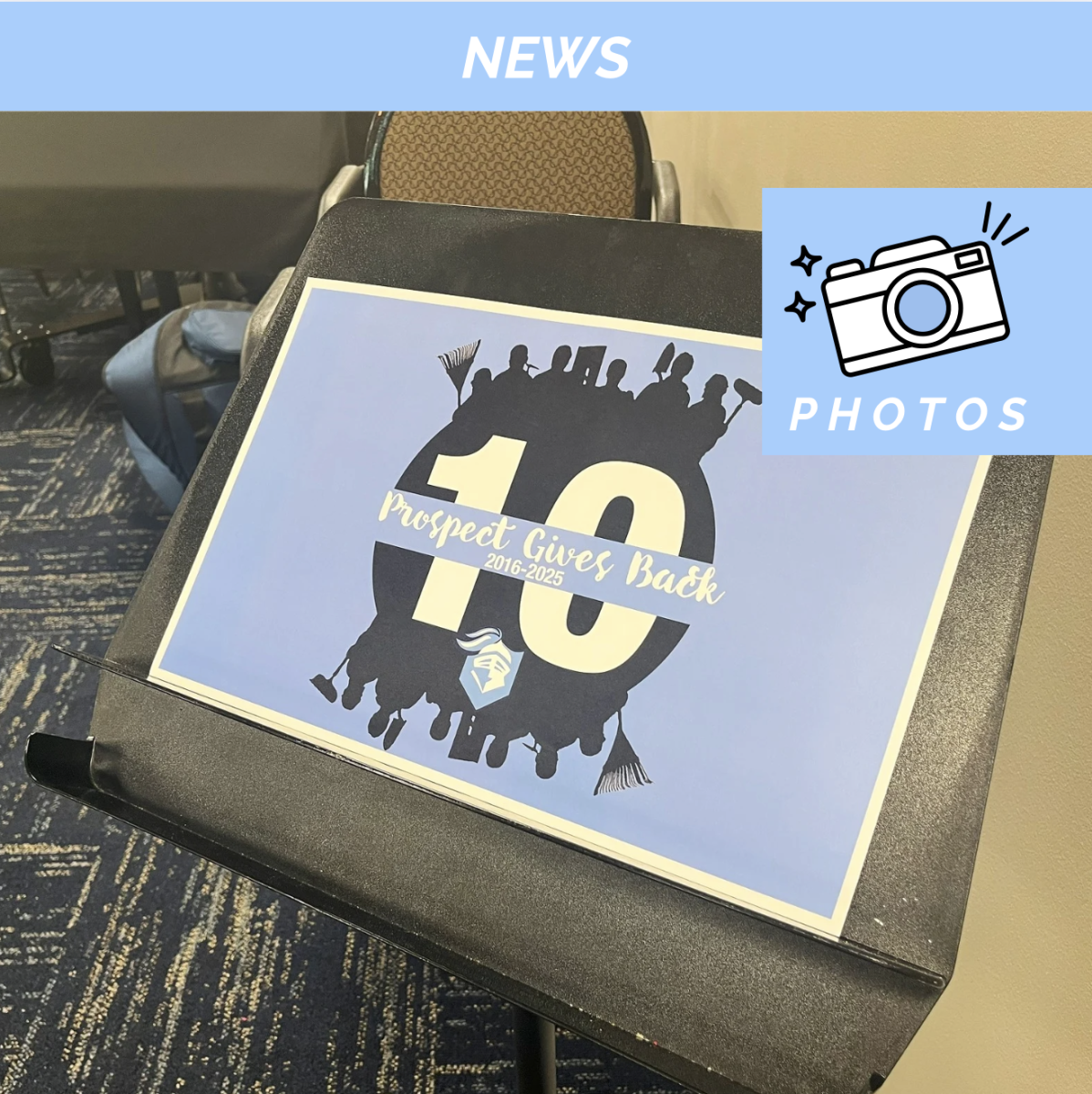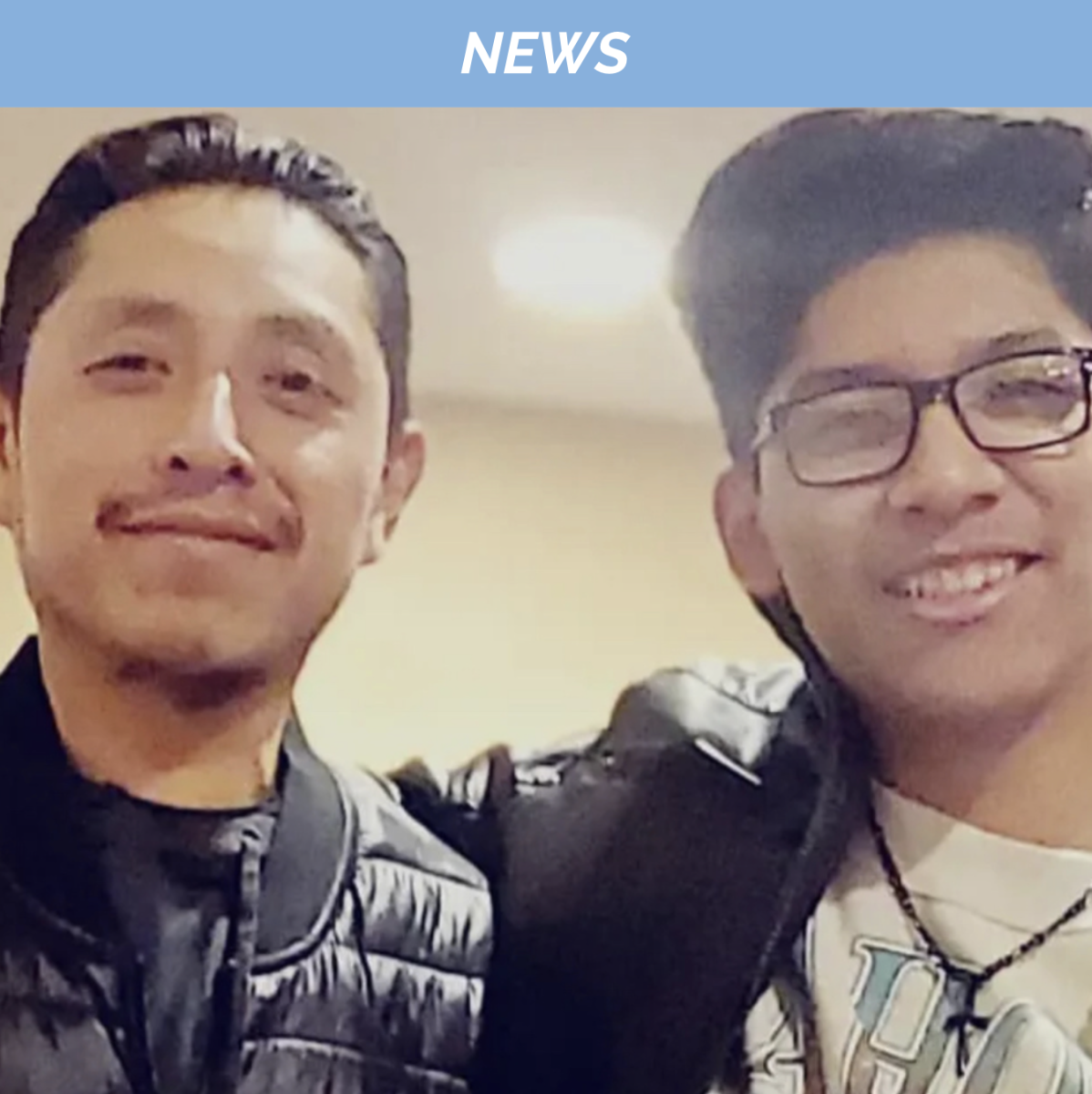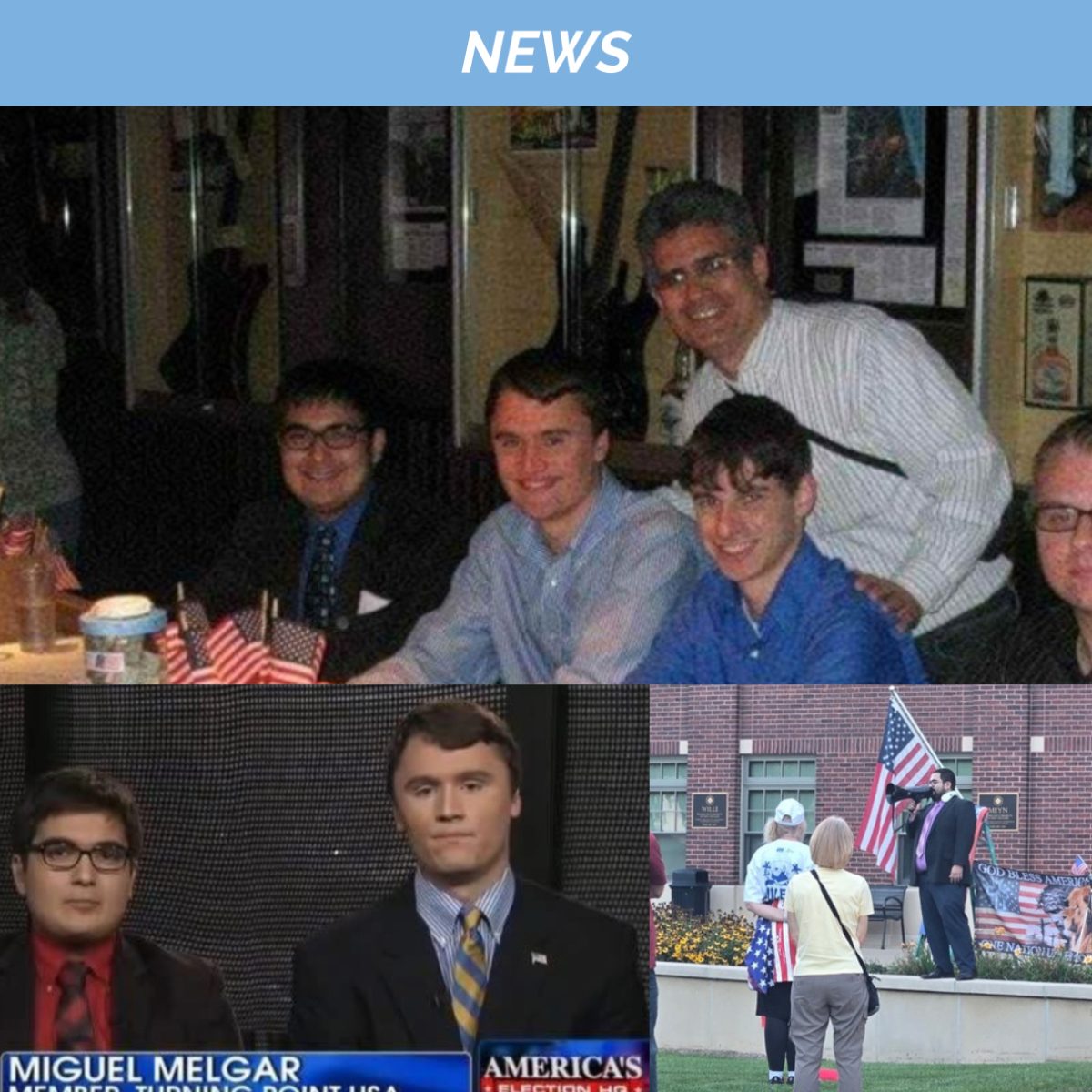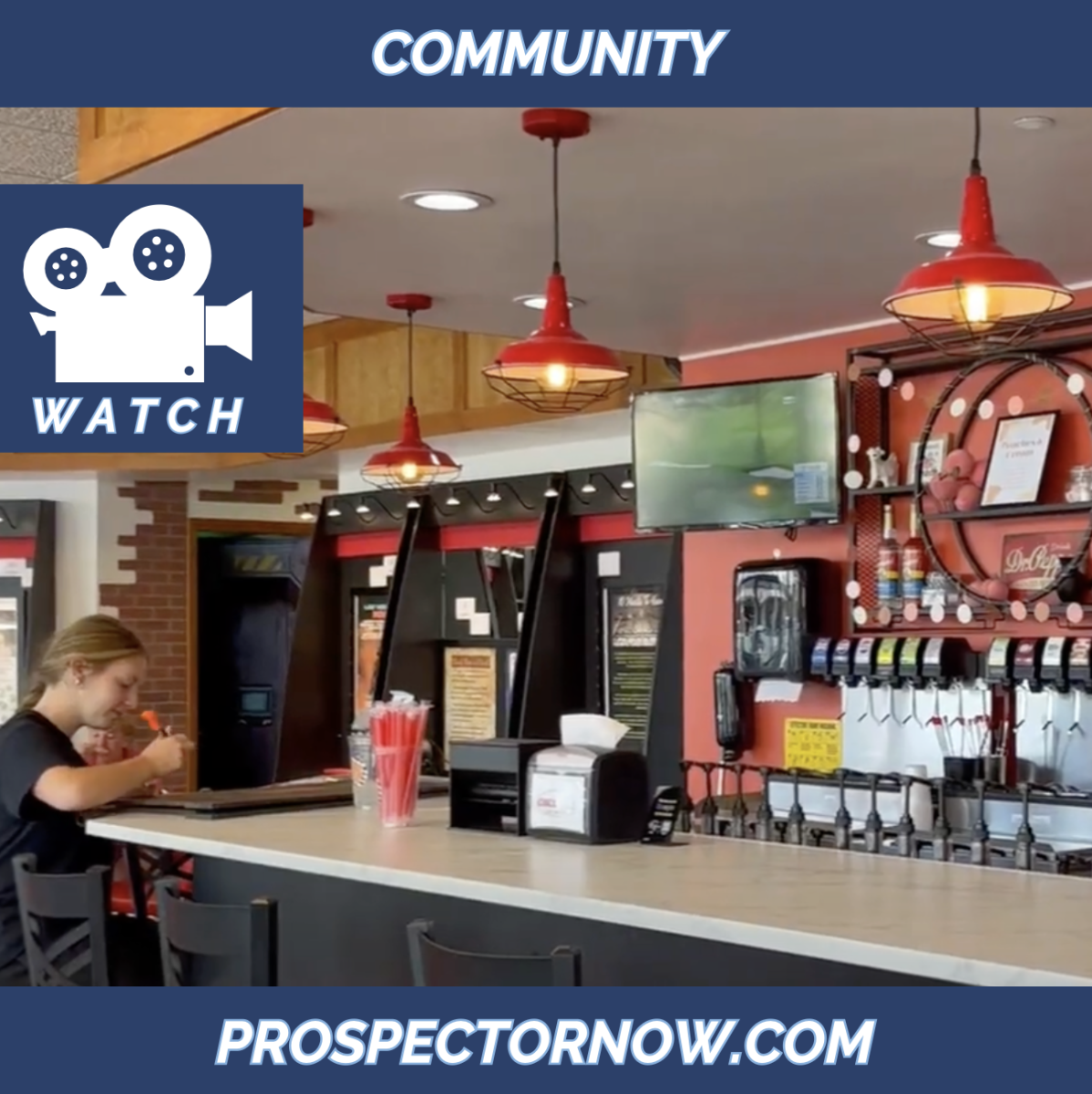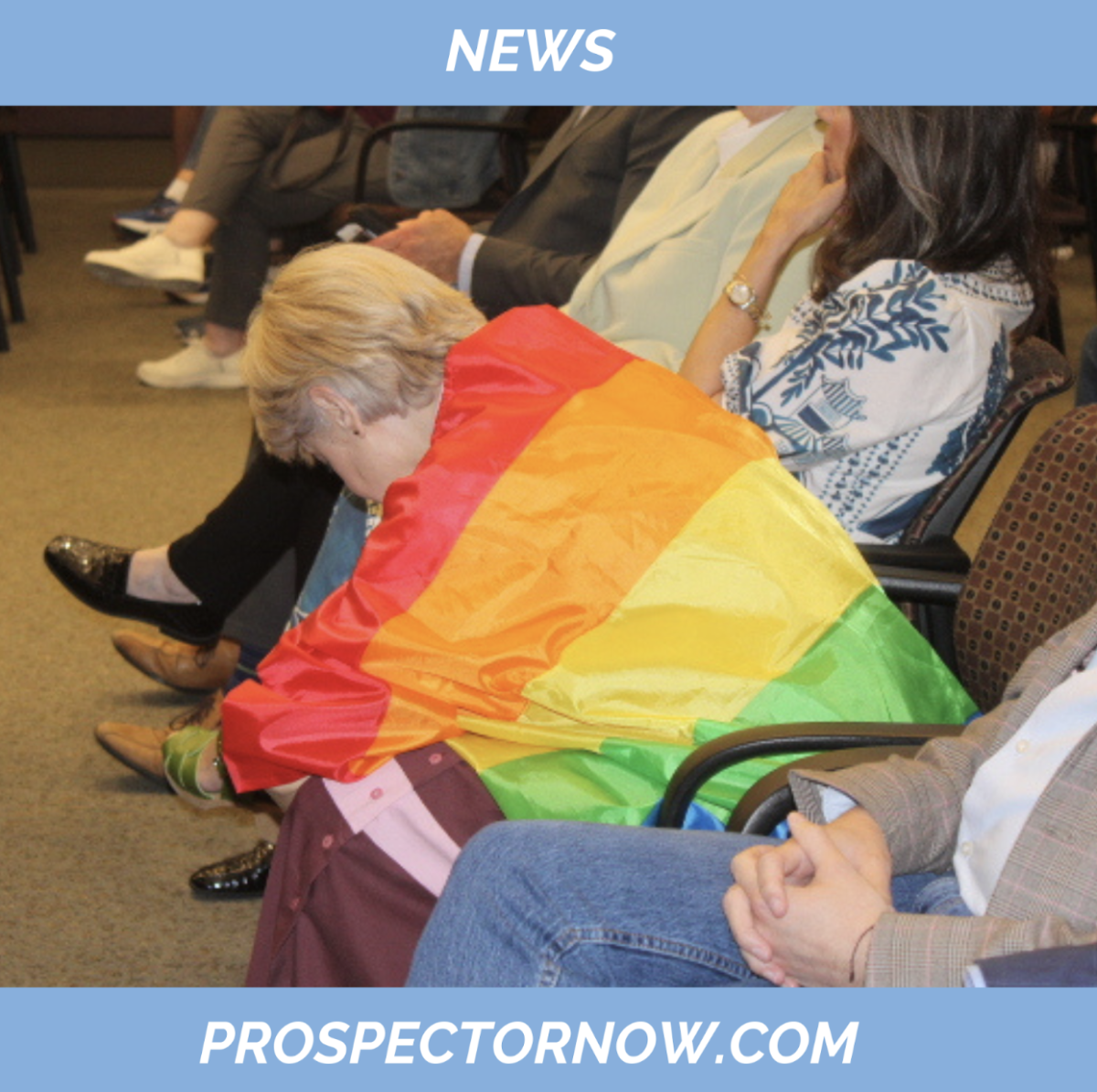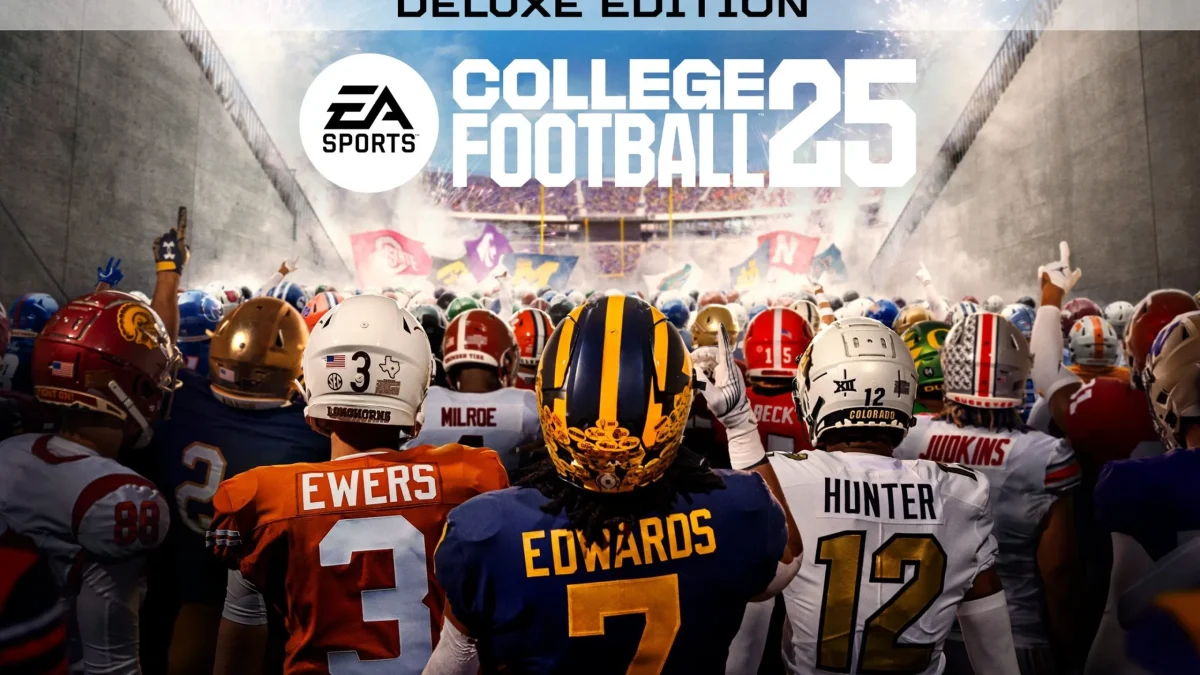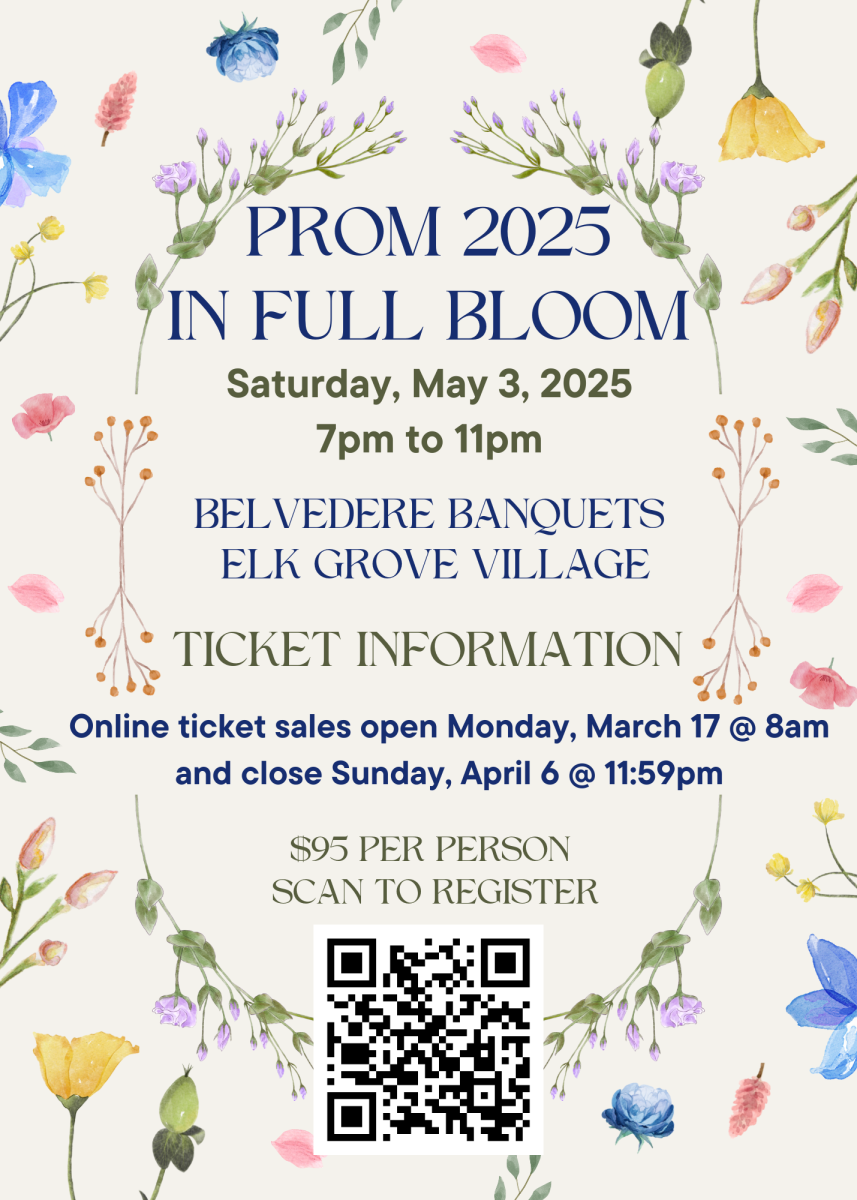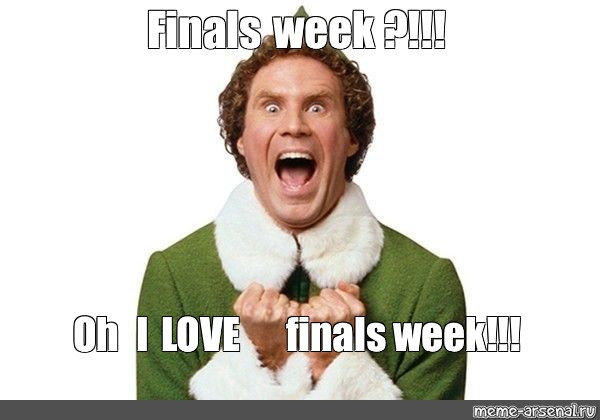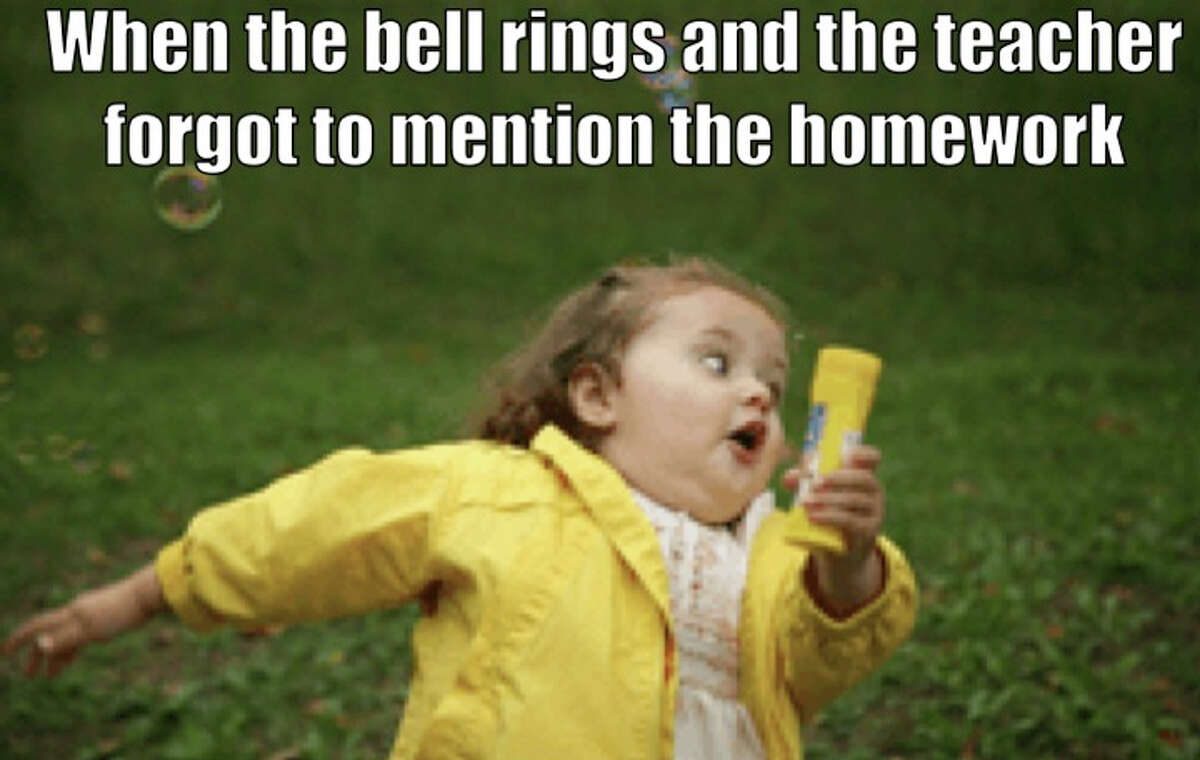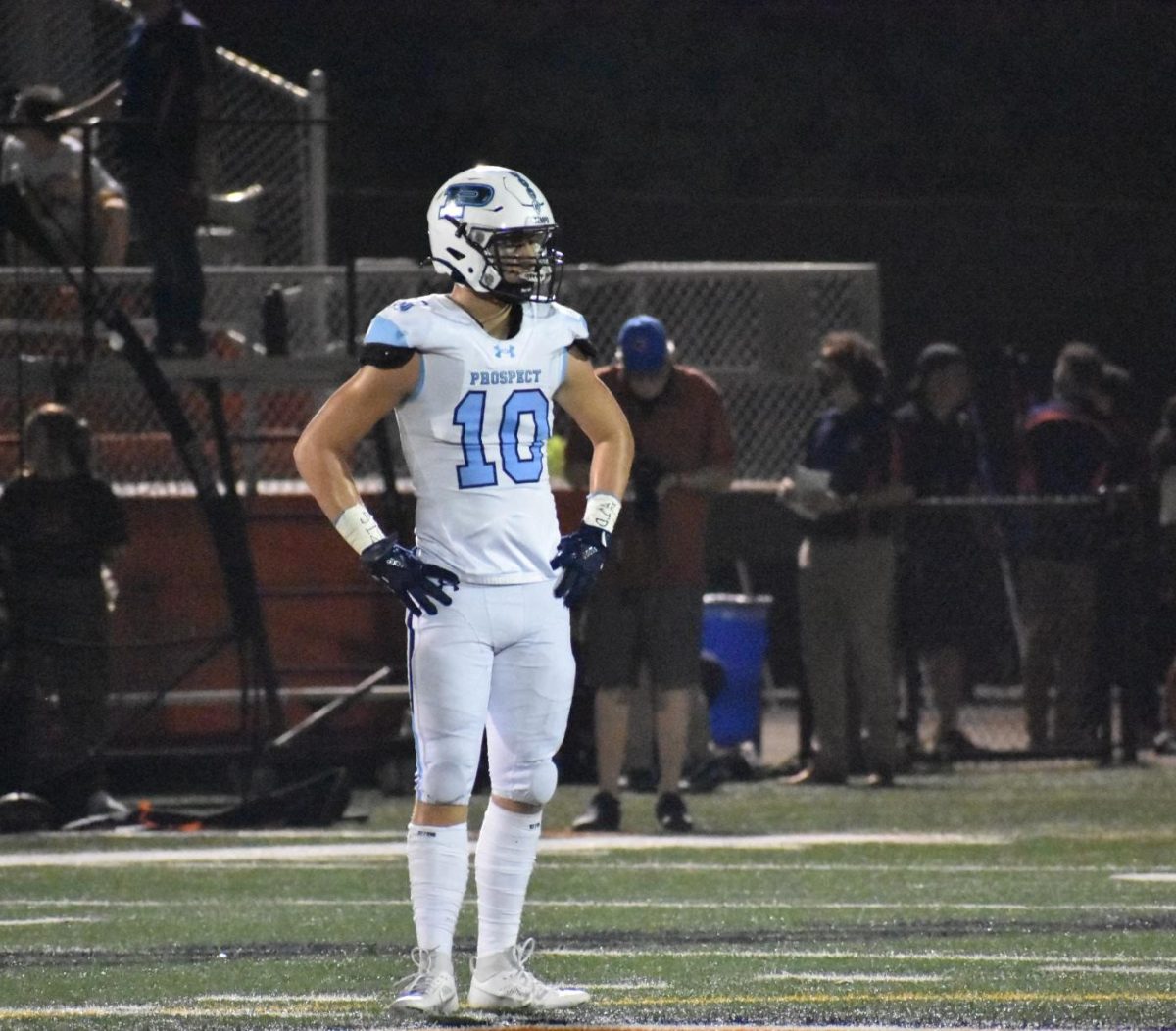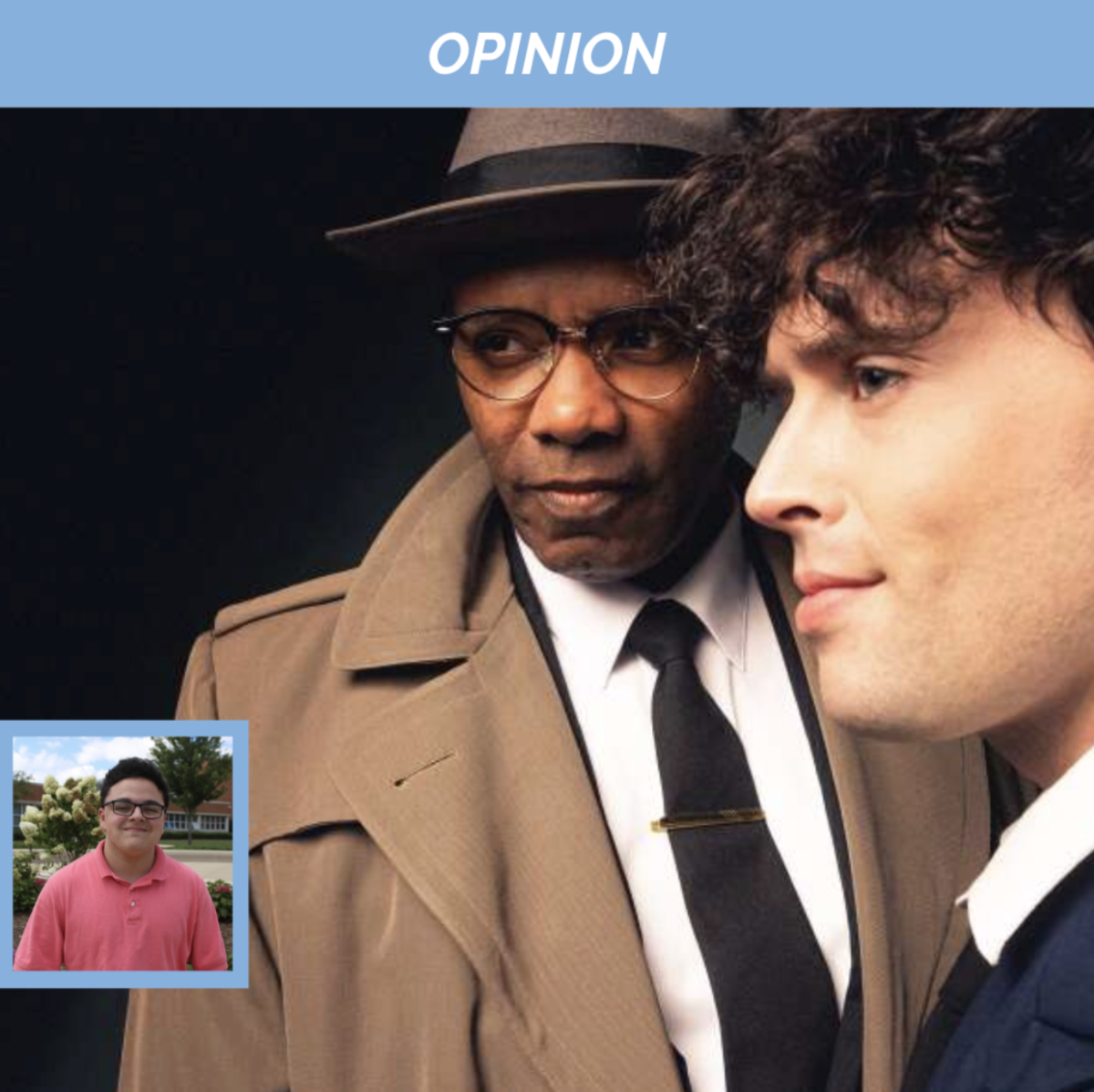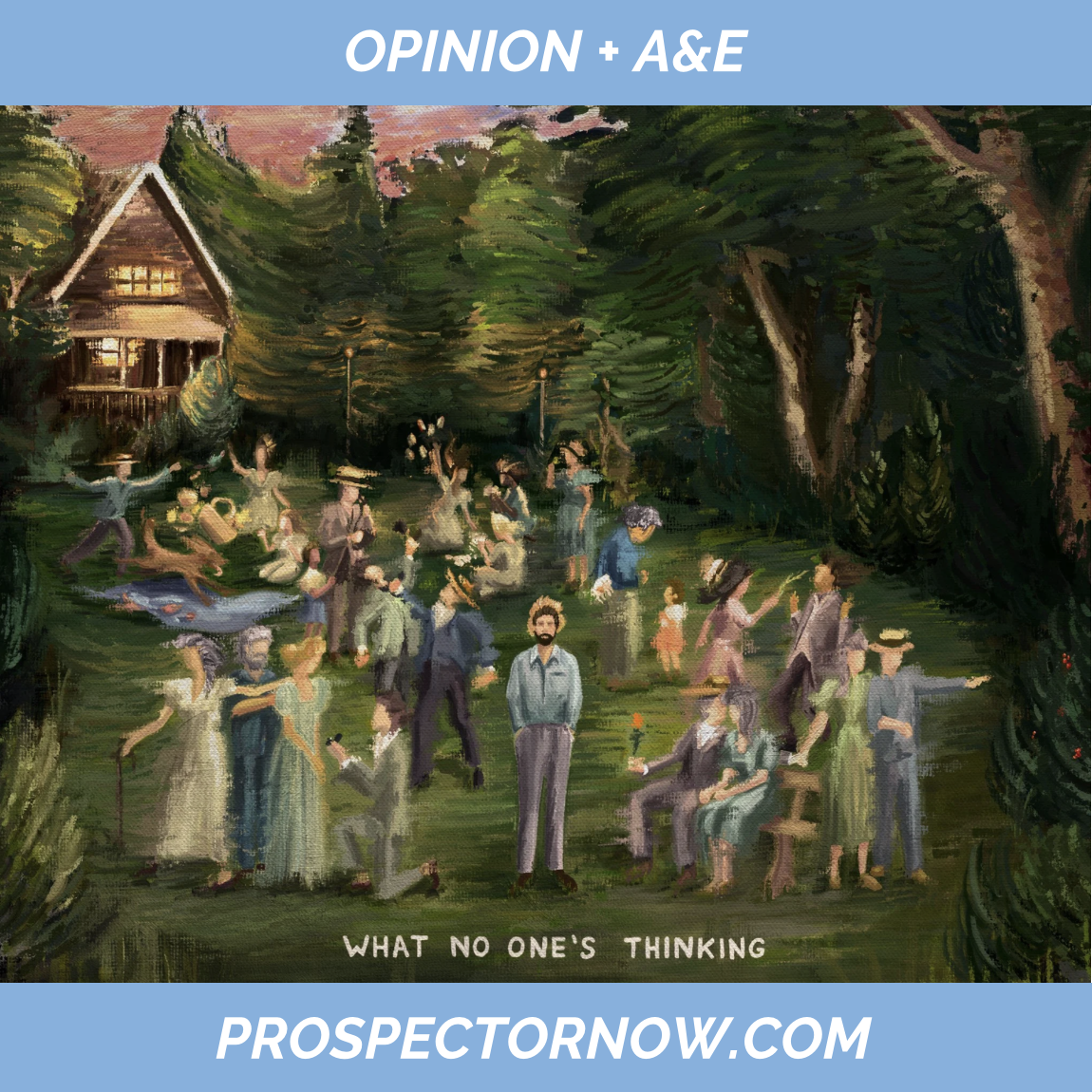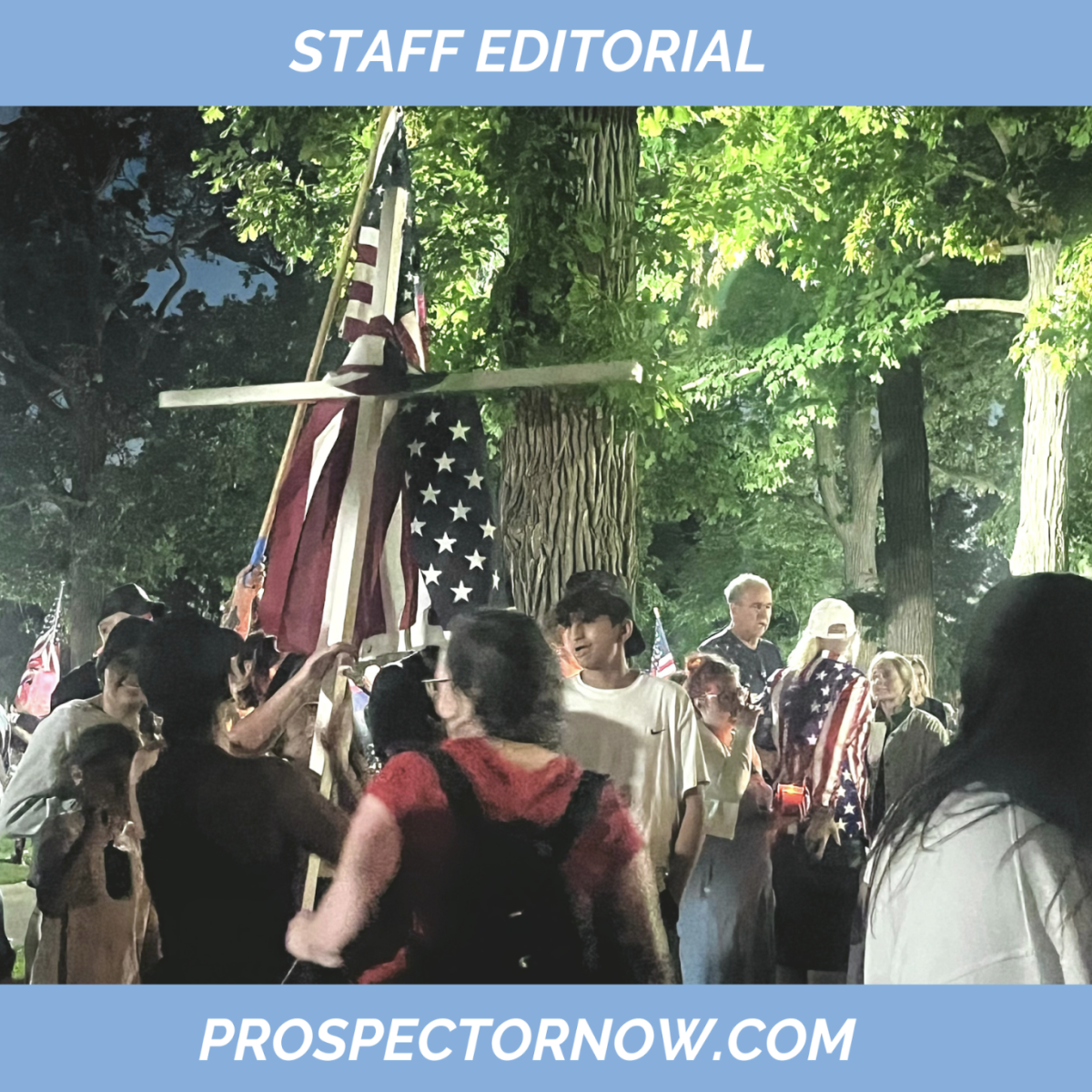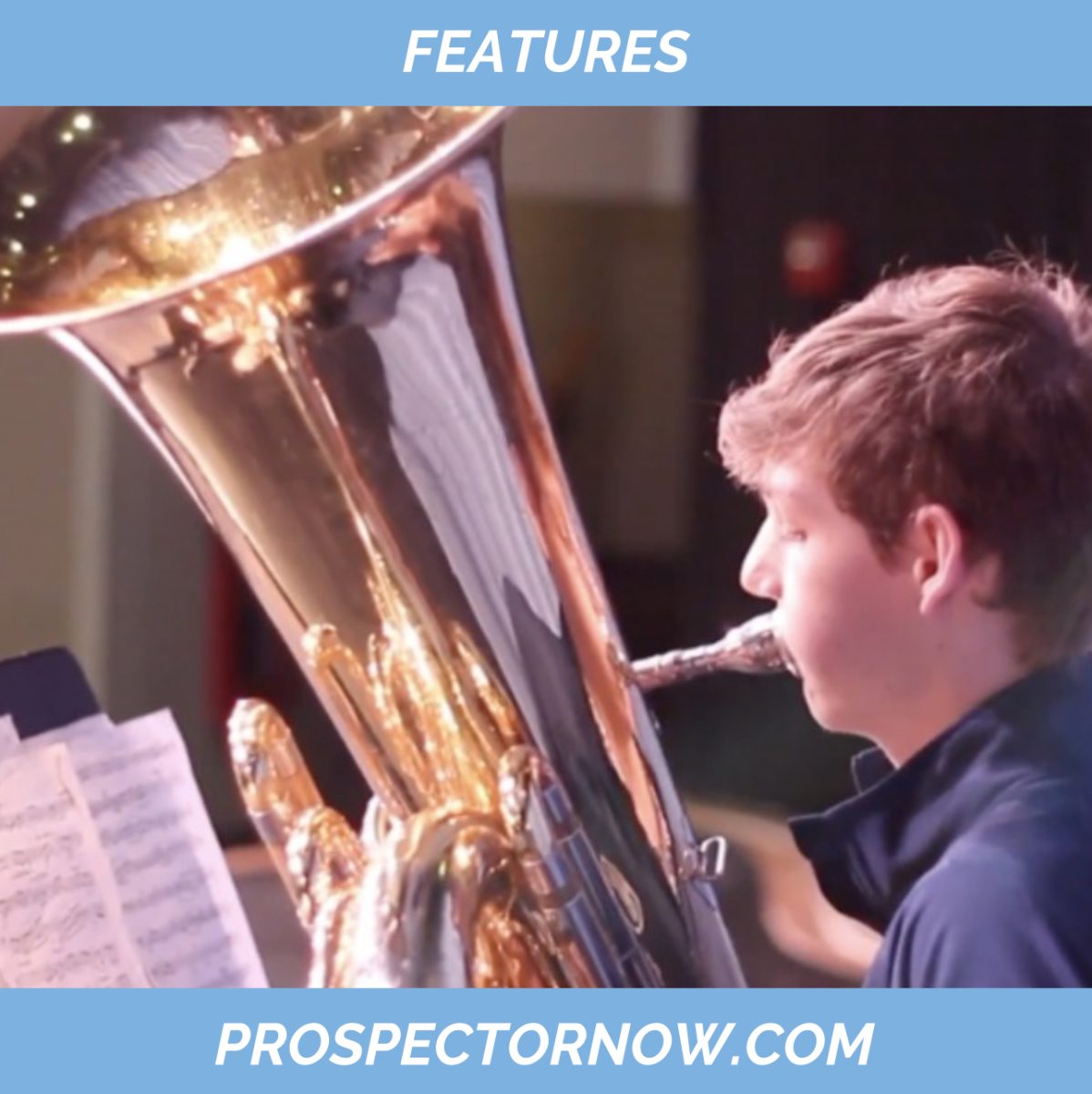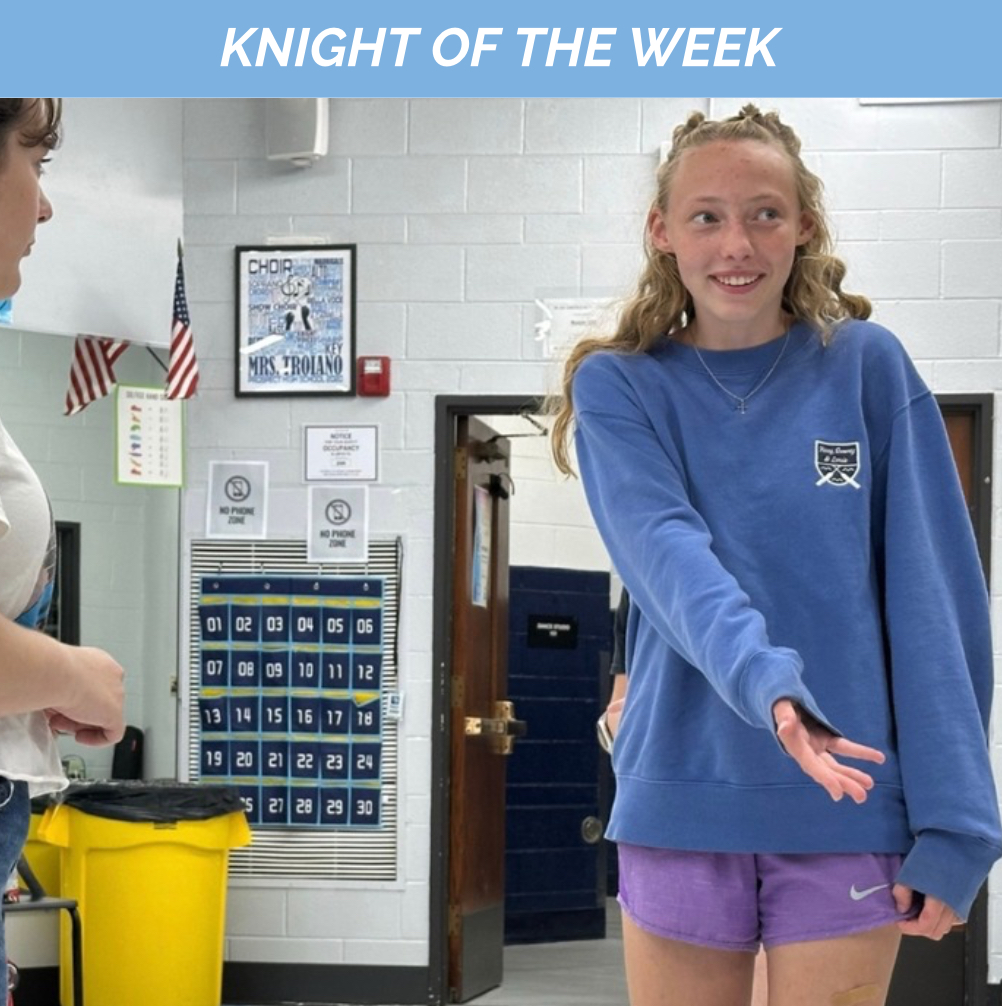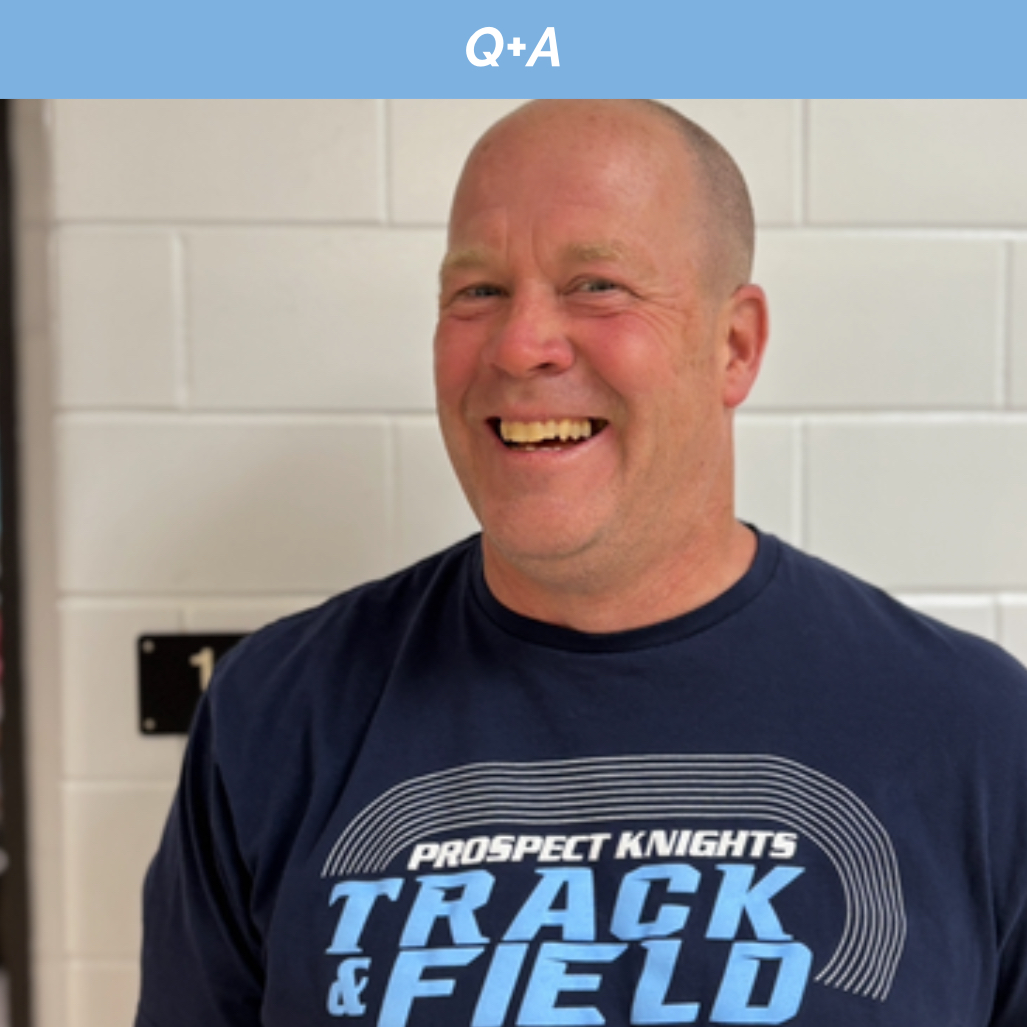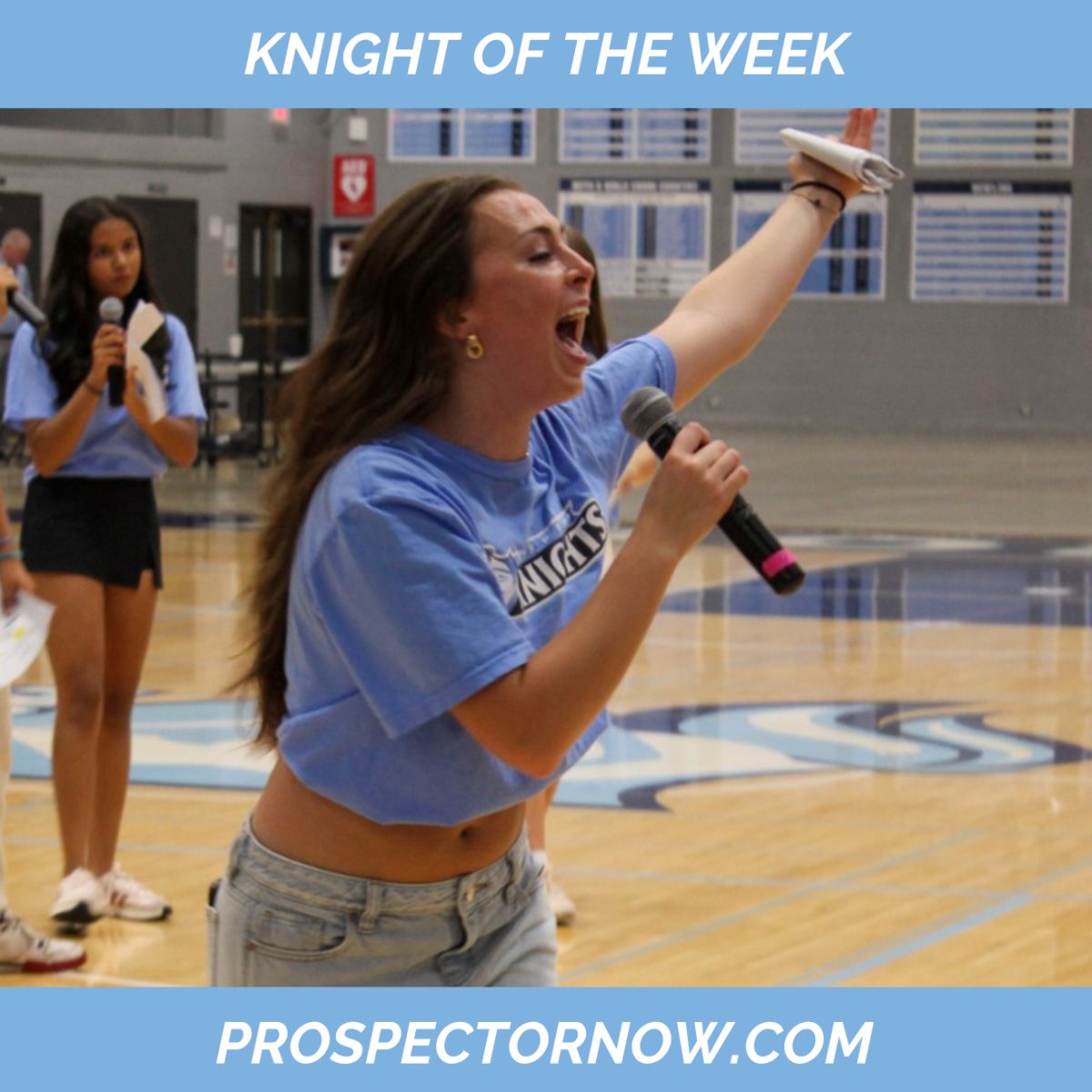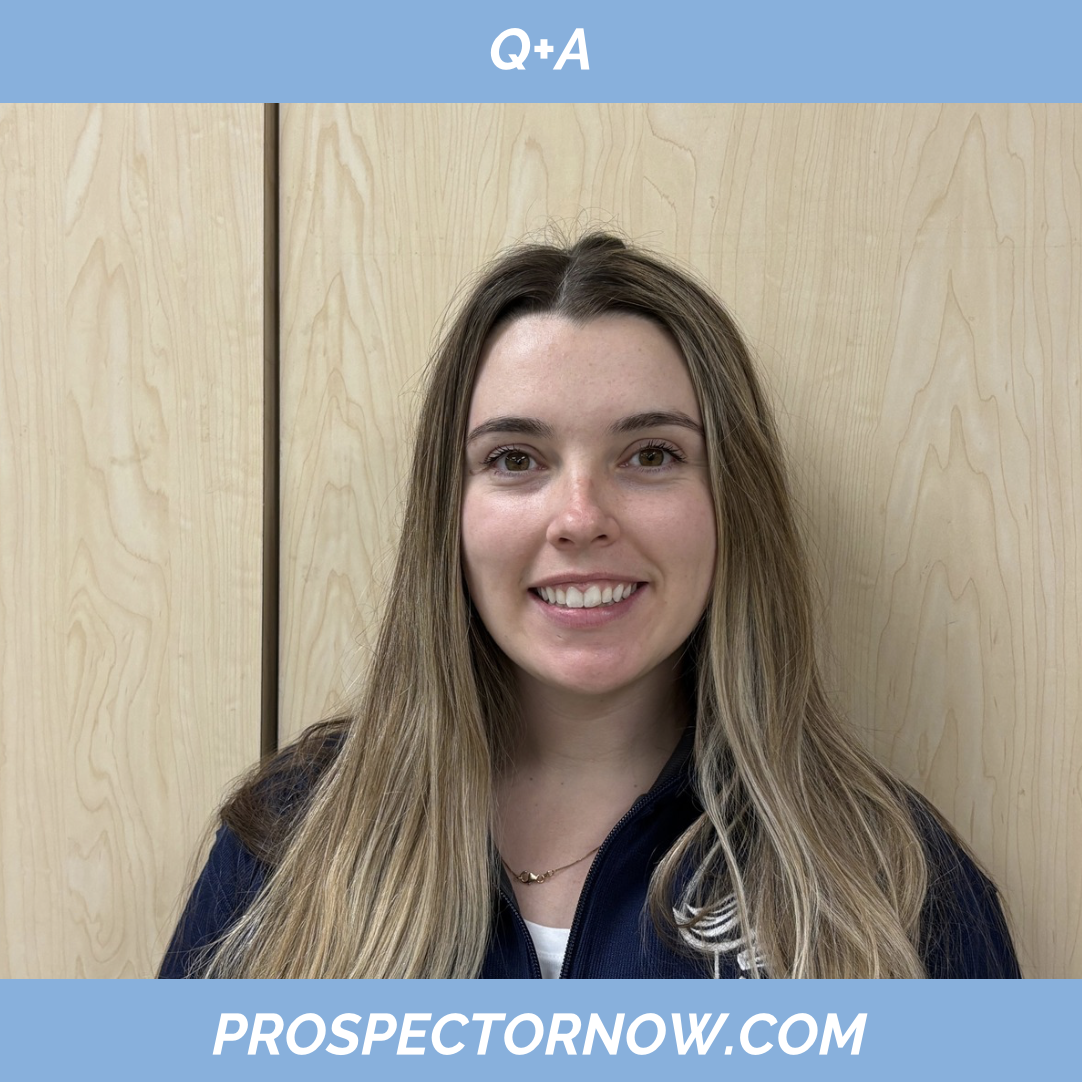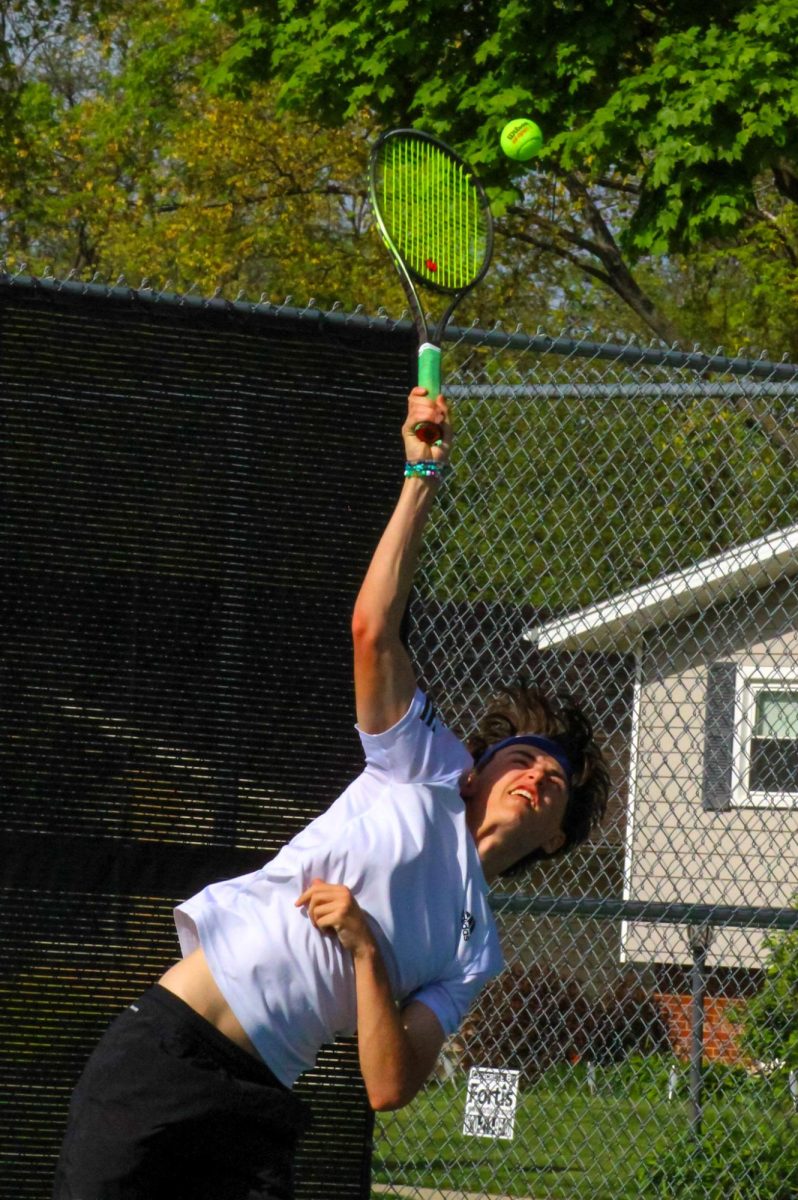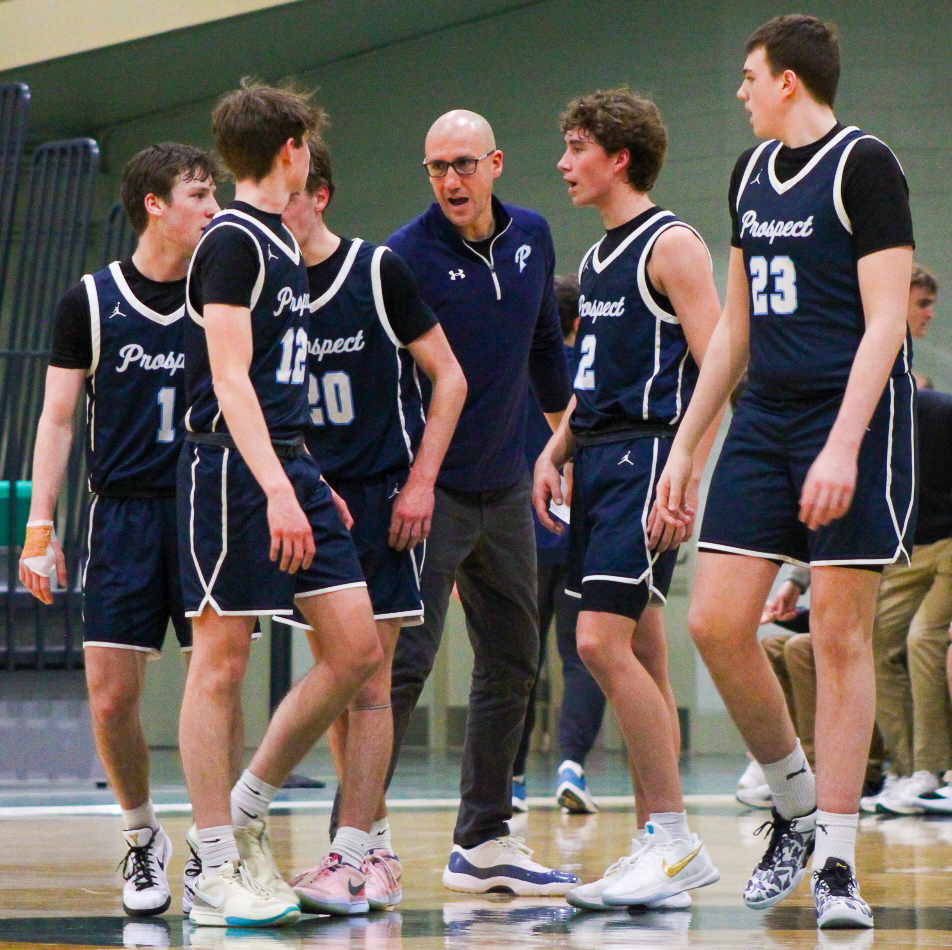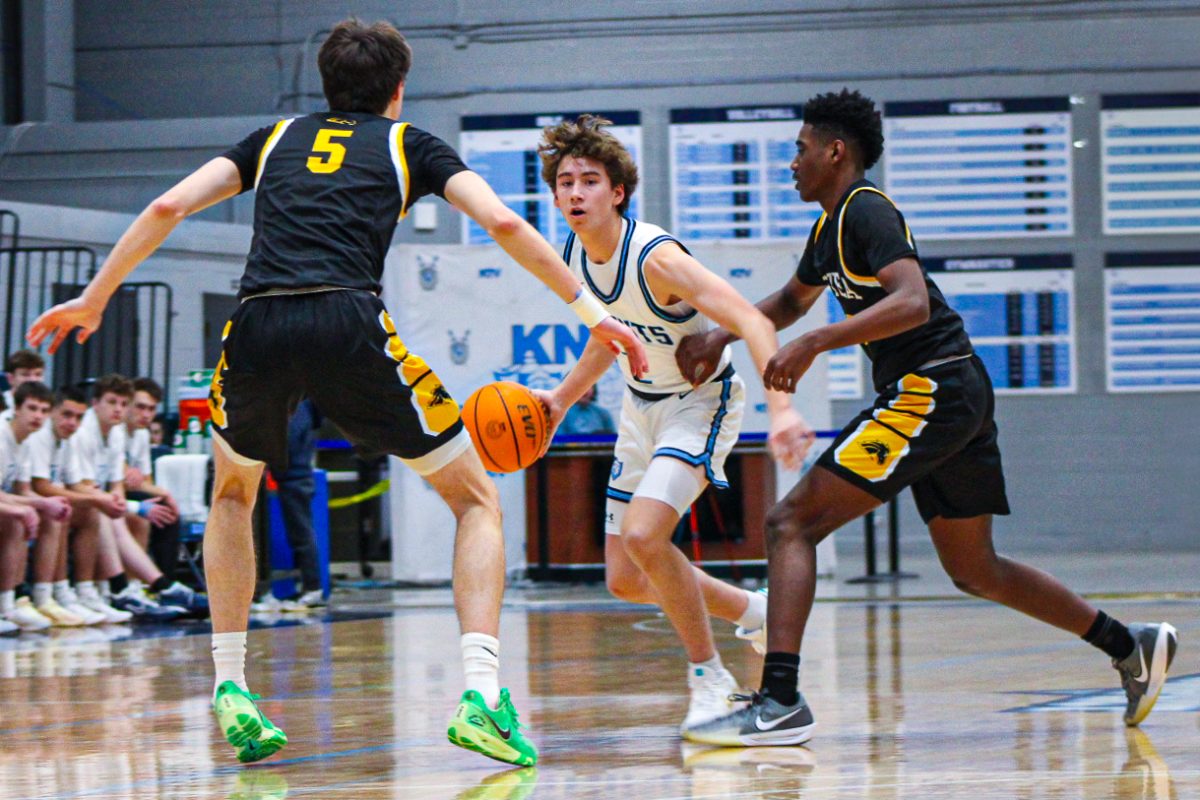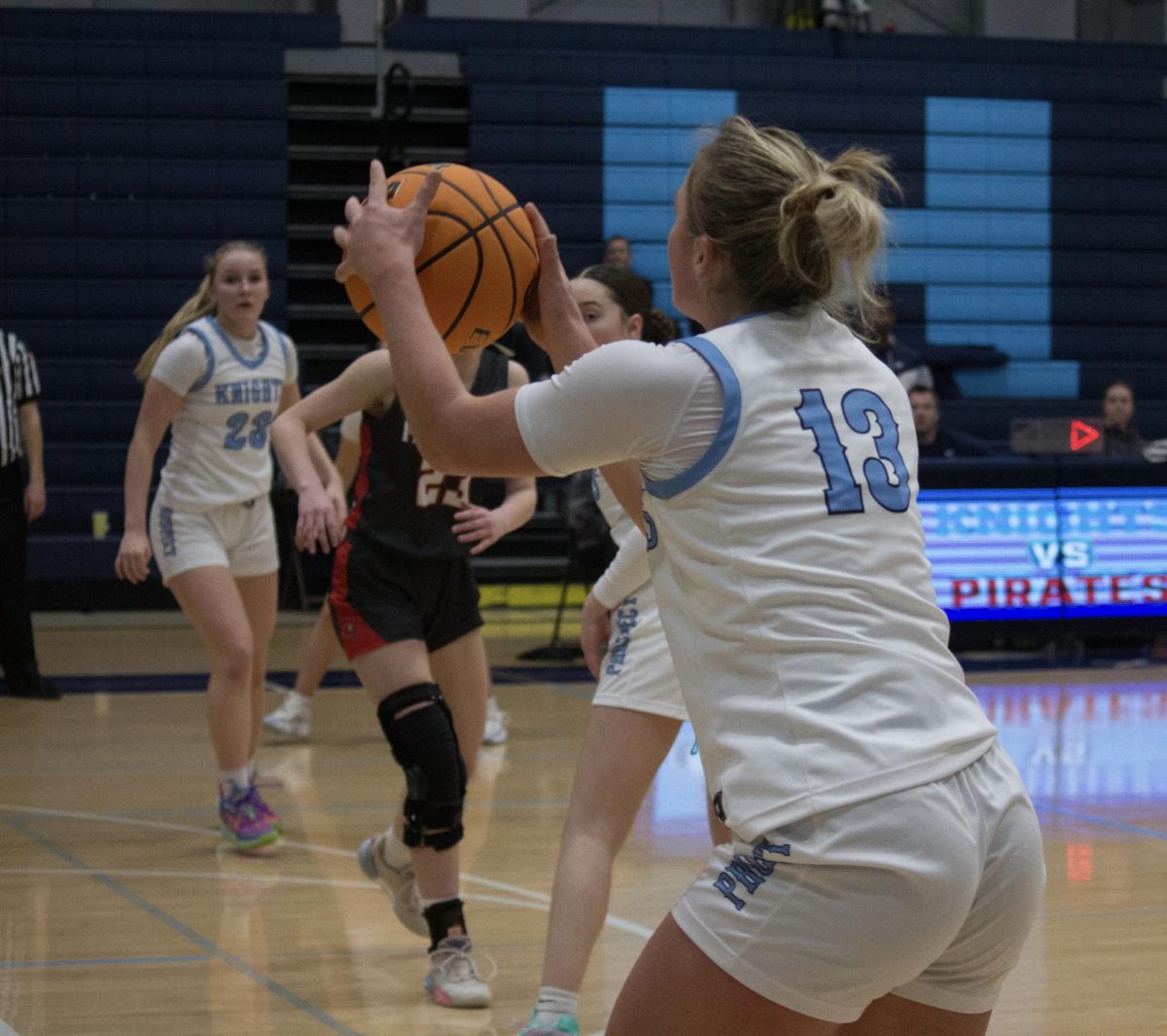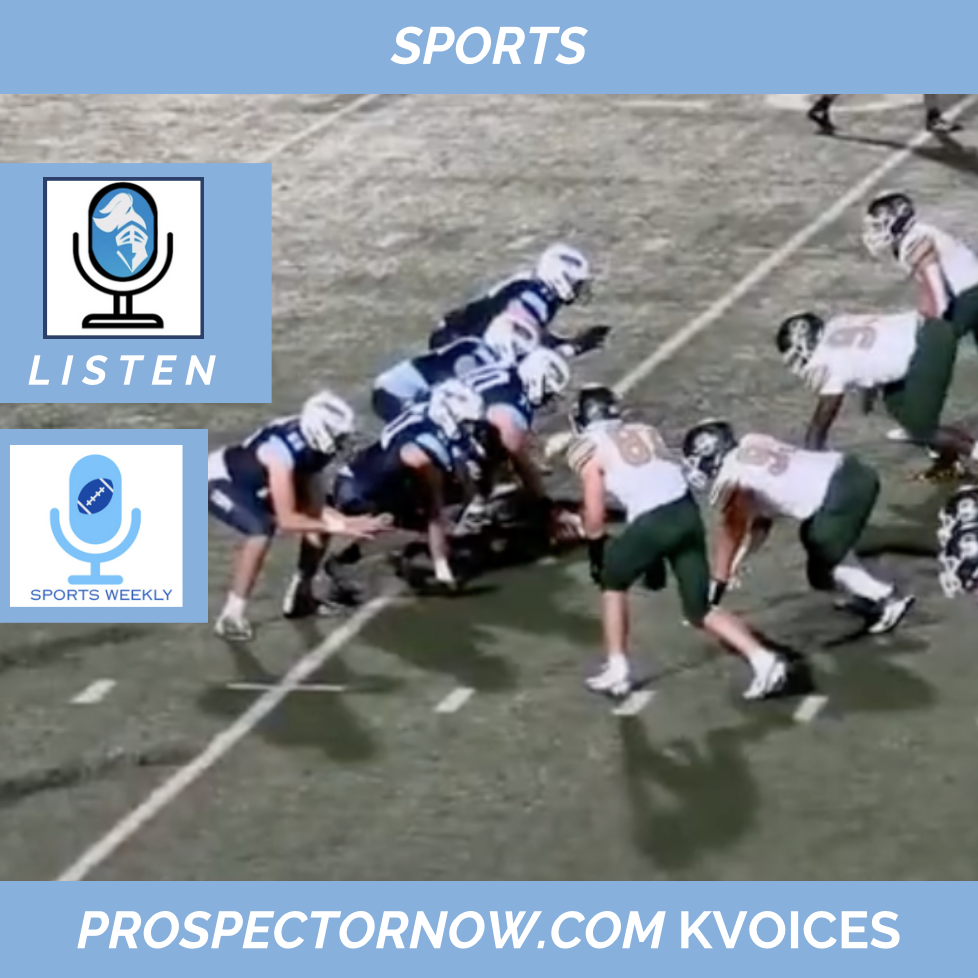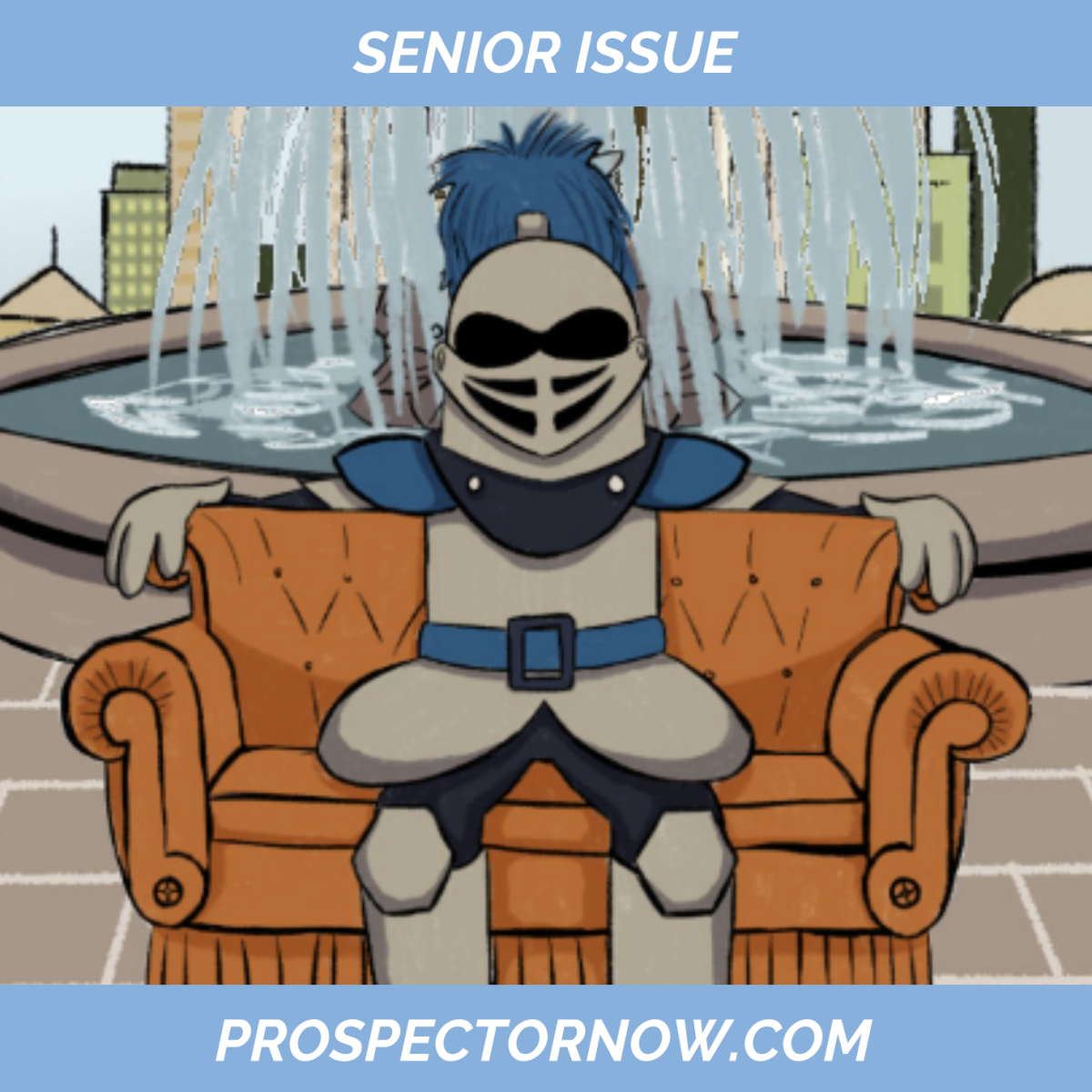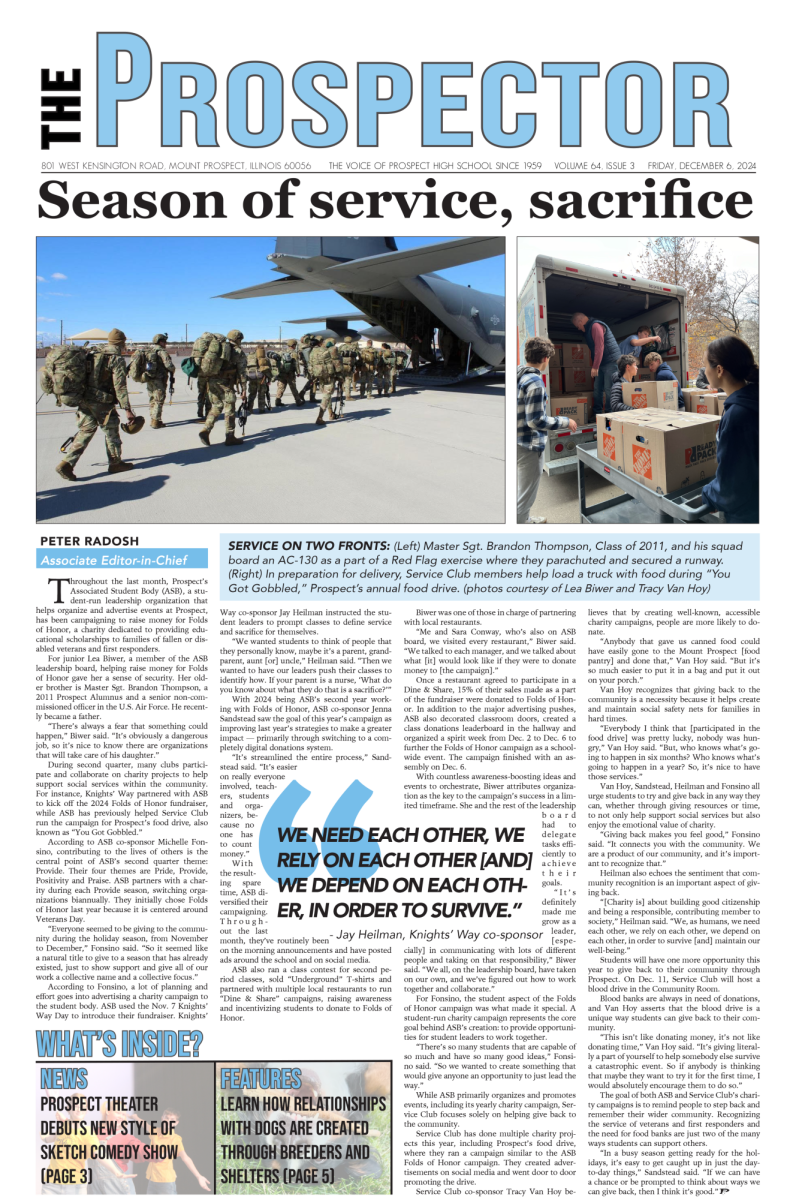Swimming around to cool down from the Arizona heat, seven-year-old Mateo Hintch was enjoying his spring break with his family. As he was talking to his parents in the pool, a few kids walked up to him.
“Why are you brown but your parents are white?” the boys’ asked.
A wave of confusion ran through Mateo. He didn’t understand what they were asking, since he lived with a loving family just like them.
“I didn’t really understand [adoption], quite honestly,” Mateo said. “When [my parents] first told me, I didn’t really know what it meant to be adopted. I thought it was just normal.”
His journey started with Mateo’s birth mother, Guadalupe Mateo, who was only 21 years old when he was born. His father left Guadalupe and was unsupportive to her afterwards. Since Guadalupe wasn’t able to financially support Mateo on her own, it led her to put him up for adoption.
Hintch was adopted from Mixco, Guatemala. He first lived with his foster parents, Max and Margarita Corleto, who took him in when he was only three days old. The two had tried to adopt him but because of some issues it didn’t work out. He ended up getting put back up for adoption, which is how he ended up with his current parents, Betty and Bill Hintch when he was seven months old.
The idea for adoption sprung when the Hintches his adoptive parents, Betty and Bill Hintch, were on a church retreat in 2004 with an Eepiscopal church group. There they realized that adoption would be a wonderful way to bring a child into their life and expand their family.
“I think it came to my husband first, and then he talked to me about it, and I agreed,” Betty said. “It was a wonderful idea.”
Betty believes that when considering the options, people have to remember the process can be difficult;, however, it is worth it.
“I think people should look into [adoption],” Betty said. “It’s a very rewarding experience.”
Mateo hasn’t been able to come in contact with his birth mother, yet he doesn’t want to give up on that hope.
“[I want to] try to find my biological mother … ” Mateo said. “Originally I thought that was offensive to my [adoptive] mother, … I didn’t want to make it seem like she wasn’t really my mother. I didn’t want it to seem like she wasn’t enough so I never wanted to push that subject around her. Recently, though, I asked for her permission to search for [my birth mom] just because if she wasn’t comfortable with it I would never do that to [her].”
Throughout Mateo’s life, he and his adoptive parents have been close.
“He’s an awesome kid,” Betty said. “[Raising him has been] a really great journey.”
Their family bonds in many different ways — the main one being sports. Mateo and his father enjoy talking about college football and the NFL. Mateo makes sure to update his father about anything around the league.
“It’s a pretty normal [relationship] … They are my parents,” Mateo said. “There is not really anything different [from] living with [adoptive parents versus birth parents].”
In 2017, Mateo was in sixth grade when he and his family went on a trip to Guatemala. While he was there, he finally was able to see the country from where he was born. In the United States, he feels unlike the others. In Guatemala, he thought he would belong, but because he hadn’t been there before, he still remained an outsider, like he didn’t completely fit in in either location.
“[In the U.S.], I am the odd one out,” Mateo said. ”There [are] a lot of white kids, but when I was [in Guatemala] I felt distant.”
On his trip, he was able to reconnect with his first foster family. Spending a lot of his trip with them, Max and Margarita’s kids even called him Tio, uncle in Spanish.
“They accepted me as one of their family members, which is really cool,” Mateo said.
Some of his favorite memories from the trip were when he spent a day at one of his foster family’s daughter’s’ houses; they had lunch and dinner there. After dinner, his family was able to walk around the town, see the different houses and hear the music.
“Overall, that day was a very cool experience for me just to see how people lived and went about their day,” Mateo explained.
His adoptive parents also really enjoyed the trip, appreciating all that the Corleto family had done for them.
“They were amazing.” Betty said, “We just thought we would be [with] them for one day. … They pretty much picked us up every morning and just took us places.”
For a while, his adoptive parents have tried to introduce him more to his Guatemalan culture, but he was never interested in it. Mateo explained how he never felt the need to know. If he ever was curious about something, he would just look it up on the internet. He wasn’t interested in doing things related to his birth parents’ culture.
“[My parents] have asked me if I have wanted to do stuff, but I [wasn’t interested],” Mateo said. “Obviously, I am from where I am from, but it’s not my culture. It’s just where I am from. I care about Guatemala, but I am not invested in it.”
Another person who’s experienced adoption is Michele Burnett, a health teacher at Prospect. Every year she talks about her story of being adopted as part of her class.
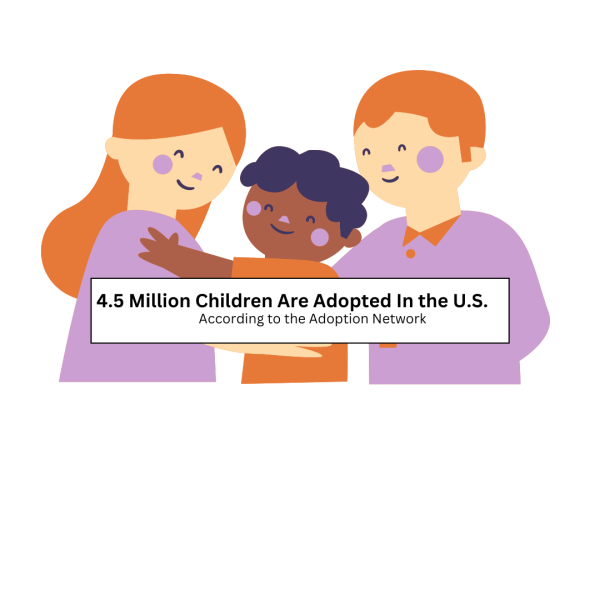
Burnett believes it is not only important to educate her students about her story but about adoption in general.
“I think [sharing my story] lets students know that it is OK okay to be adopted,” Burnett said. “I like breaking the stigma about adoption. It also lets adopted students know that there is someone in the building they can talk to if needed.”
Considering all the stereotypes about being adopted that exist, Mateo debunks these ideas.
“People think [adopted kids] are raised differently, [but] nothing is different. People also think that it is really strange to have a different skin color [than your adoptive parents] … I feel like it’s unfair [for people to say], ‘You’re a different skin color, that’s odd, don’t you get treated differently?’ [when] I don’t get treated differently at all,” Mateo said.

